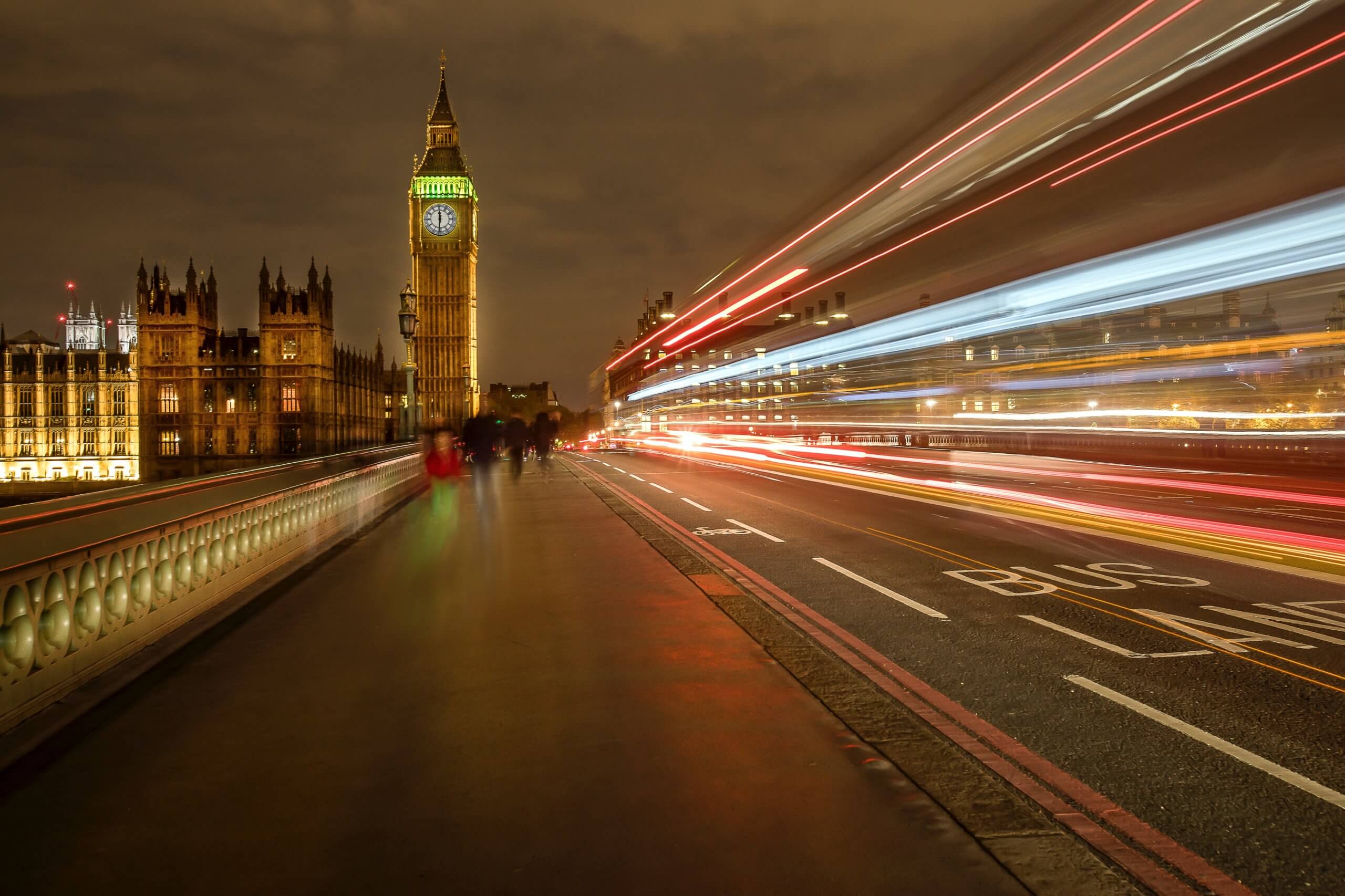11 Essential Tips for Driving in England and the UK as a Tourist
Coming from abroad and want to try driving in England? Here’s everything you need to know about getting behind the wheel in a country with roundabouts, tight roads, and small parking spaces. Enjoy!
If you’re planning on driving in the United Kingdom, there are a few things you’ll need to know first. For starters, we drive on the left side of the road instead of the right. And even though that might not seem like a big deal, it can definitely be disorienting at first. Luckily, we’re here to help.
Here are 11 tips for driving in England and the UK as an American tourist.

How to Drive in England, and Other UK Driving Tips
1. Get the right type of car insurance for a UK driver
Any driver on UK roads must have at least third-party car insurance. This type of insurance covers damage caused to other people, vehicles, and property in the event of an accident, but it does not cover any damage to your own vehicle.
In addition to third-party insurance, many drivers opt for comprehensive cover, which provides additional protection in the event of an accident or theft. While comprehensive insurance is not required by law, it may be required by your lender if you have a finance agreement on your vehicle.
As a result, when you shop for car insurance, it’s important to check with your car insurance agency before choosing a policy. Regardless of which type of insurance you choose, make sure to shop around and compare rates from different providers to get the best deal.
2. Study up on your conversions
Before you get behind the wheel, you’ll need to make sure you know how to convert miles per hour to kilometers per hour – and vice versa. The speed limit on highways is 70mph, which is about 113 km/h.
In built-up areas, the limit drops to 30 mph (about 48 km/h).
And if you’re passing through a school zone, be extra careful; the speed limit is usually 20 mph (32 km/h).
3. Get comfortable with roundabouts
Roundabouts are a type of intersection where traffic flows around a central island in a counterclockwise direction. They’re common in the UK, so it’s important to know how to navigate them before getting behind the wheel.

When approaching a roundabout, use your right signal to indicate that you’re planning on exiting at the next exit. If there’s no traffic coming, you can just go. But if there is traffic, yield to vehicles already on the roundabout.
4. Watch out for pedestrians
In built-up areas especially, be on the lookout for pedestrians who might step out into the road without looking first. It’s also worth noting that pedestrians have right of way on crossings – even if there’s no crosswalk present. So always be sure to give them plenty of time and space to cross safely before continuing on your way.
5. Don’t drink and drive
It should go without saying, but we’ll say it anyway: don’t drink and drive!
The blood alcohol limit in England and Wales is 0.08 percent – the same as it is in most US states. Even one drink can impair your judgment and reactions, so it’s always best to play it safe and take a taxi or public transportation if you plan on drinking while out on the town
6. Know where you can park legally – and where you can’t
Parking can be tricky in big cities like London – but luckily, there are plenty of apps and websites that can help you find a spot quickly and easily.
Just remember to read all signs carefully before parking; some areas have special restrictions, such as permit-only parking or pay-and-display meters. And beware of double yellow lines; they indicate that parking is not allowed at any time.
7. Familiarise yourself with the different types of roads
In the UK, there are four different types of roads: motorways, A-roads, B-roads, and C-roads.
Motorways are the UK’s equivalent of highways – they’re fast and designed for long-distance travel.
A-roads are also for long-distance travel, but they’re not quite as fast as motorways.
B-roads are for local traffic only.
C-roads are the smallest and most rural roads in the UK.

8. Understand how tolls work
If you’re driving on a motorway, chances are you’ll come across a tollbooth at some point. Tolls are usually collected by electronic means, so you’ll need to have a credit or debit card handy. The amount you’ll pay depends on the length of the motorway and the time of day, so be sure to check the rates before setting out on your journey if you’re driving on a budget and looking for ways to save money on the road.
9. Bring your driver’s license, and an international driving permit, if you have one
You’ll need to have your valid US driver’s license with you in order to drive in the UK even if you’re just driving a rental car. If you have an international driving permit, that will also be helpful, but it’s not required.
Just be sure to keep your license and any other documents handy in case you’re stopped by the police.
10. Be prepared for rainy weather
The UK is known for its rainy weather, so it’s important to be prepared when behind the wheel. In addition to making sure your windshield wipers are in good working order when you’re driving in England, be sure to keep your headlights on – even during the daytime – so you can see and be seen more easily in wet weather.
11. Get familiar with the rules of the road
There are a few key differences between driving in the UK and driving in the US, so it’s important to brush up on the rules before getting behind the wheel. For example, in the UK, you’ll drive on the left side of the road – the opposite of what you’re used to in the States.
Tips for how to drive in England

Driving in England and the UK may seem daunting at first but with a little preparation, it doesn’t have to be. Just remember to study up on conversions, yield at roundabouts, watch out for pedestrians, don’t drink and drive, and know where you can (and can’t) park legally. With these tips in mind, you’ll be zipping around the country like a local in no time.
- Tenner in my pocket: The rise of alternative adventure - 23 December 2025
- Where to See the Best Christmas Lights in London (2025) - 15 October 2025
- 9 Best Pumpkin Patches in England for 2025: Where to Go Pumpkin Picking This Autumn - 14 October 2025






